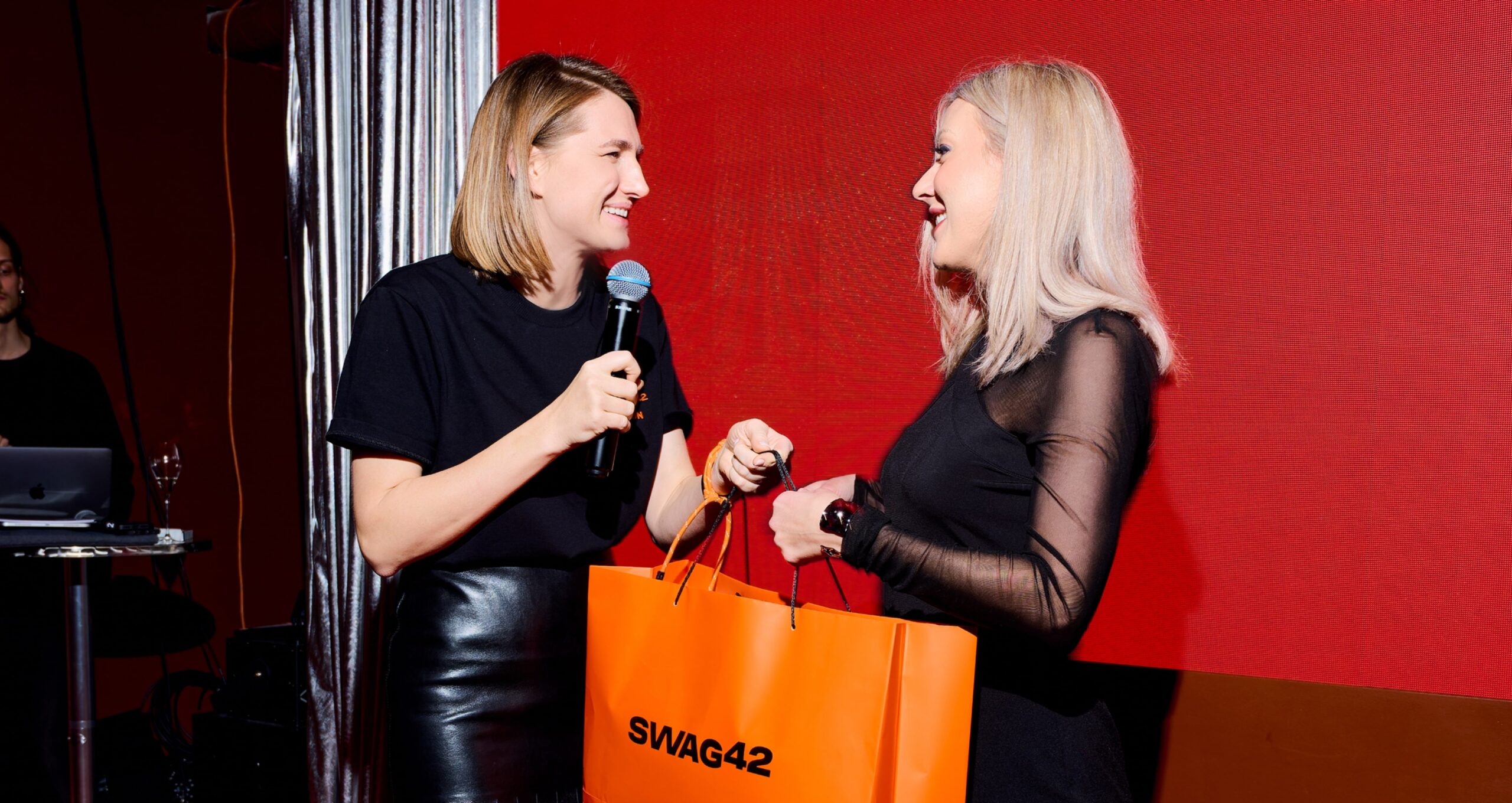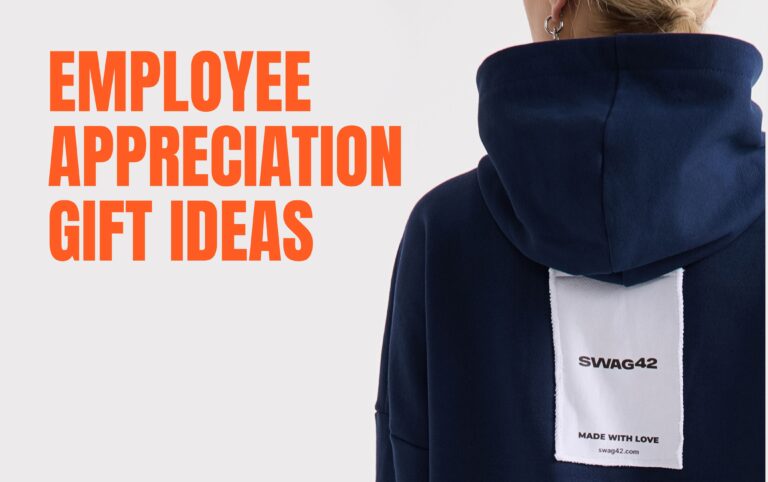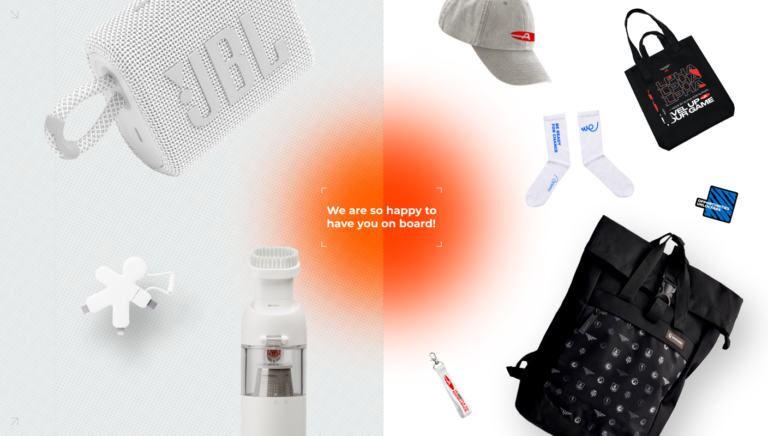When I worked for a global IT company, we had an employee recognition bot built into Microsoft Teams. Every Friday, each employee received three digital coins to give away to colleagues — as a thank-you for their support or recognition for wins. Over time, these coins could be redeemed in the internal company store for rewards like a massage voucher, branded merchandise, or a pizza.
It was simple but incredibly effective. Not just because of the corporate gifts, but because recognition works best when it’s personal and contextual. You didn’t just get a star from your boss once a year — you got meaningful thanks in real time from your teammates, which cost much more than the expected end-of-year gift.
Practices like this show how employee recognition contributes to psychological safety, performance, and retention (in this particular order). So, let’s explore how employee recognition works from the inside and creative employee appreciation ideas to put into action.

Project Aristotle and psychological safety
Until 2014, the term psychological safety was relatively well known in academic circles but rarely used in workplaces. That changed when Google launched Project Aristotle, a large-scale research study to answer a fundamental question: What increases performance and makes a team successful?
In a nutshell, Google found that team performance wasn’t driven by the brightest stars or the most skilled individuals. Instead, the necessary condition for high performance was psychological safety — the shared belief that it’s safe to take risks, voice ideas, admit mistakes, and show vulnerability without fear of blame or punishment.
The Project Aristotle name was inspired by Aristotle’s famous line: ‘the whole is greater than the sum of its parts.’ The project showed that when working together effectively, teams can accomplish far more than individuals in isolation.
This insight catalyzed global interest in psychological safety. Today, it’s a cornerstone of workplace culture, and employee appreciation plays a key role in fostering it. When employees feel seen, appreciated, and respected, they feel safe contributing openly, taking initiative, and innovating.
Why employee recognition matters
Corporate employee recognition is a proven strategy for increasing engagement and lowering turnover rates, as the data below proves.
Enhanced motivation
Regular employee recognition reassures employees that their efforts matter. When employees feel valued, they’re more motivated to put in their best effort.
Delloitte’s Business Chemistry study of 16,000 professionals, across various industries, from C-level to junior staff, revealed that 85% of professionals want to hear “thank you” in day-to-day interactions. While 25% of them want recognition for the effort they put in, not only wins.
Engagement and productivity
According to Gallup, recognized employees are significantly more engaged and committed. Gallup has studied over 3.3 million workers across 100,000+ teams to understand the effects of engagement on essential business metrics. They found that highly engaged teams consistently outperform their peers in key business outcomes.
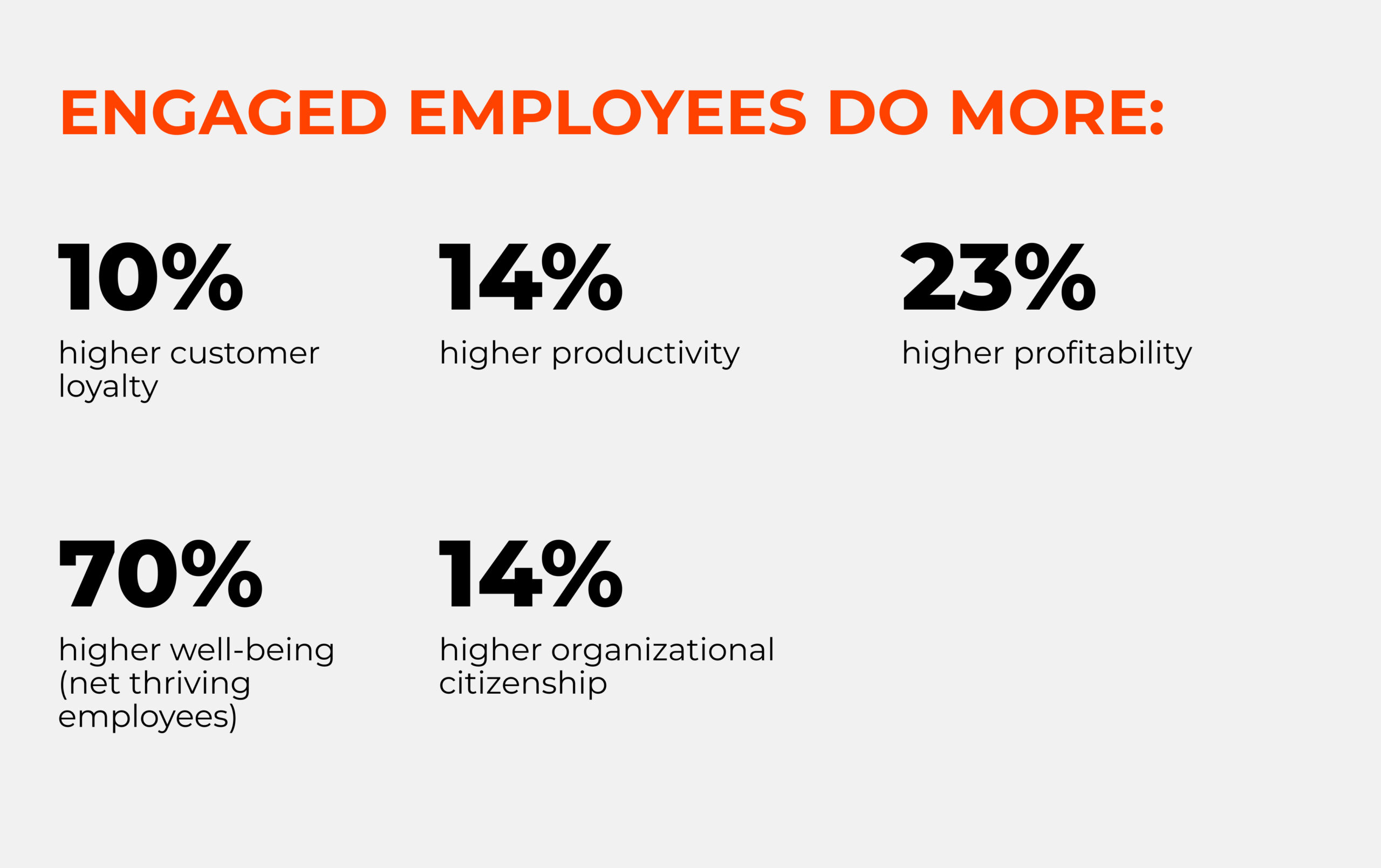
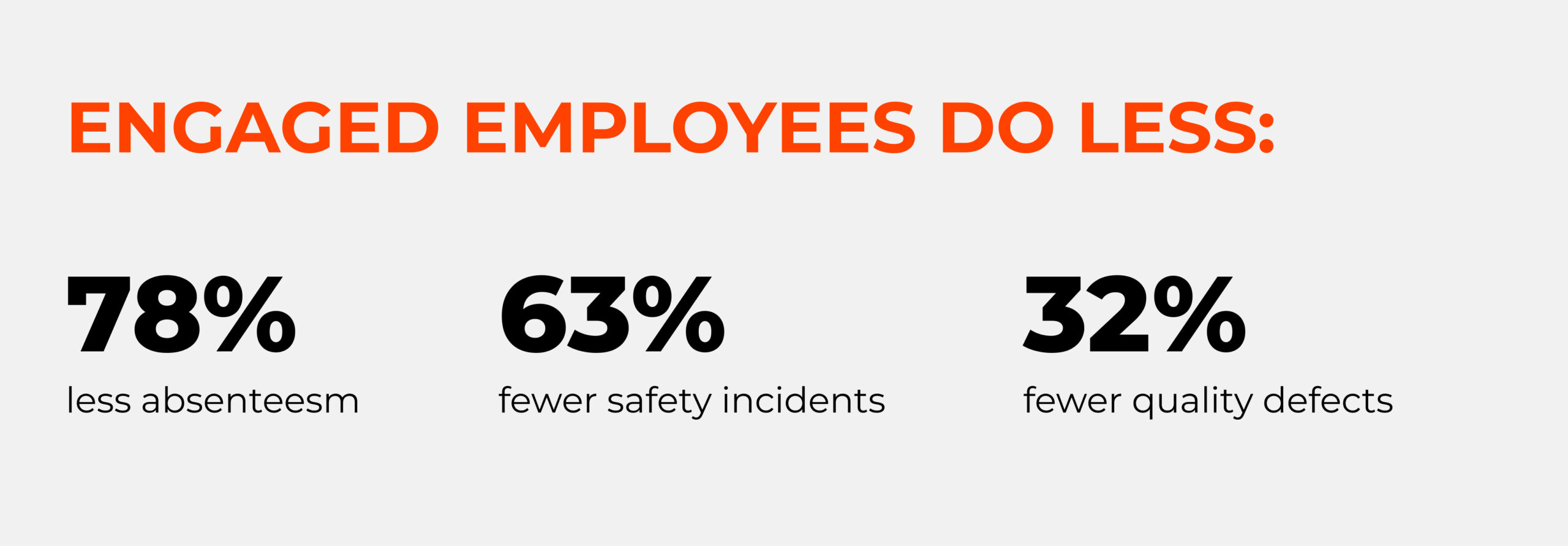
Turnover reduction
Valued employees stay longer, significantly reducing hiring costs. The SHRM states that the average price of hiring an employee is $4700. Add the soft costs like productivity loss, onboarding inefficiencies, and team disruptions, and replacing an employee can be 3x to 4x the position’s salary.
Thus, Gallup estimates that replacing leaders and managers costs around 200% of their annual salary; replacing technical professionals costs 80%, and replacing frontline employees costs 40% of their salary.
No wonder companies continuously invest in employee retention policies. Additionally, companies with strong appreciation build better employer brands and are more appealing to top talent. They spend less on hiring as they have a larger pool of qualified applicants.
21%
less turnover for high-turnover organizations
51%
less turnover for low-turnover companies
Source: The Gallup Employee Engagement Survey
Company growth and innovation
A culture of thanks fosters support, collaboration, and inspiration. A positive workplace culture encourages creativity and experimentation without fear of failure. People are more committed to achieving results and more ready for innovation.

Noticing and validating is simple, yet the most powerful tools leaders can use. When people know their contributions are recognized, they aren’t afraid to take risks or learn. Instead, they feel energized to push boundaries and focus on results.
By celebrating efforts and outcomes, companies inspire staff to generate ideas that drive long-term growth. Swag42 is living proof of this: we constantly experiment, explore new horizons, and build a culture of recognition and problem-solving rather than blame, which helps us achieve 2x growth annually.

Alex Bondar
CEO of Swag42
Creative employee appreciation ideas
If you google ’employee appreciation,’ you will find dozens of ideas. However, we collected our favourite tried-and-tested tools inspired by Management 3.0, agile practices, and the Swag42 experience.
The Management 3.0 model prioritizes working together to achieve business goals while maintaining the happiness of workers as a priority.
Recognition swag for coins
Employee recognition works best when it’s easy, transparent, and rewarding. That’s precisely where the swag shop comes in.Similar to my story about the appreciation bot, with the Swag42 Platform, companies set up a digital swag shop where employees can redeem recognition coins for branded gifts. Here’s how it works:
- Each week or month, employees receive a set amount of recognition coins.
- They give coins to colleagues as a thank-you for achievements, support, or collaboration.
- Coins are collected and can be redeemed in the company’s swag shop.
- Rewards are high-quality branded merchandise, from tech gadgets and wellness products to trendy apparel.

This system ties recognition to rewards, but more importantly, it encourages peer-to-peer acknowledgment and ongoing appreciation. Instead of waiting for annual bonuses or manager-driven programs, recognition becomes a regular habit that strengthens corporate culture.
Kudo cards and kudo walls
Kudo cards are small thank-you notes that teammates of all levels write to celebrate achievements and give thanks to one another. Traditionally, employees pin these cards on a physical wall, but today, there are a lot of online services where you create Kido cards and place them on a digital board.
I remember the amazing impact Kudo cards had one Christmas. Everyone was asked to create at least three cards, which were then turned into decorations for a “Kudo Tree” in the office hall—a beautiful display of appreciation. The effect was so heartfelt that some people even shed tears.
Celebration grids
Does your organization take the time to acknowledge what you’ve learned from failures? Too often, companies get caught up in daily fires and forget to notice the effort and lessons learnt.
Celebration grid is a visual tool that helps teams do exactly that. It maps the outcomes of experiments, highlighting where to celebrate effective practices and where lessons emerge from failures.
In a grid, areas to celebrate are marked in green, while gray and red zones indicate opportunities for learning or outcomes that didn’t go as planned. Each team member can fill out their grids, and then the team comes together to discuss the insights. Add fun like noisemakers, a cake, or champagne—to celebrate not just the wins, but the lessons learned and the adventures ahead.
Download the empty grid template and use it as a background in Miro.
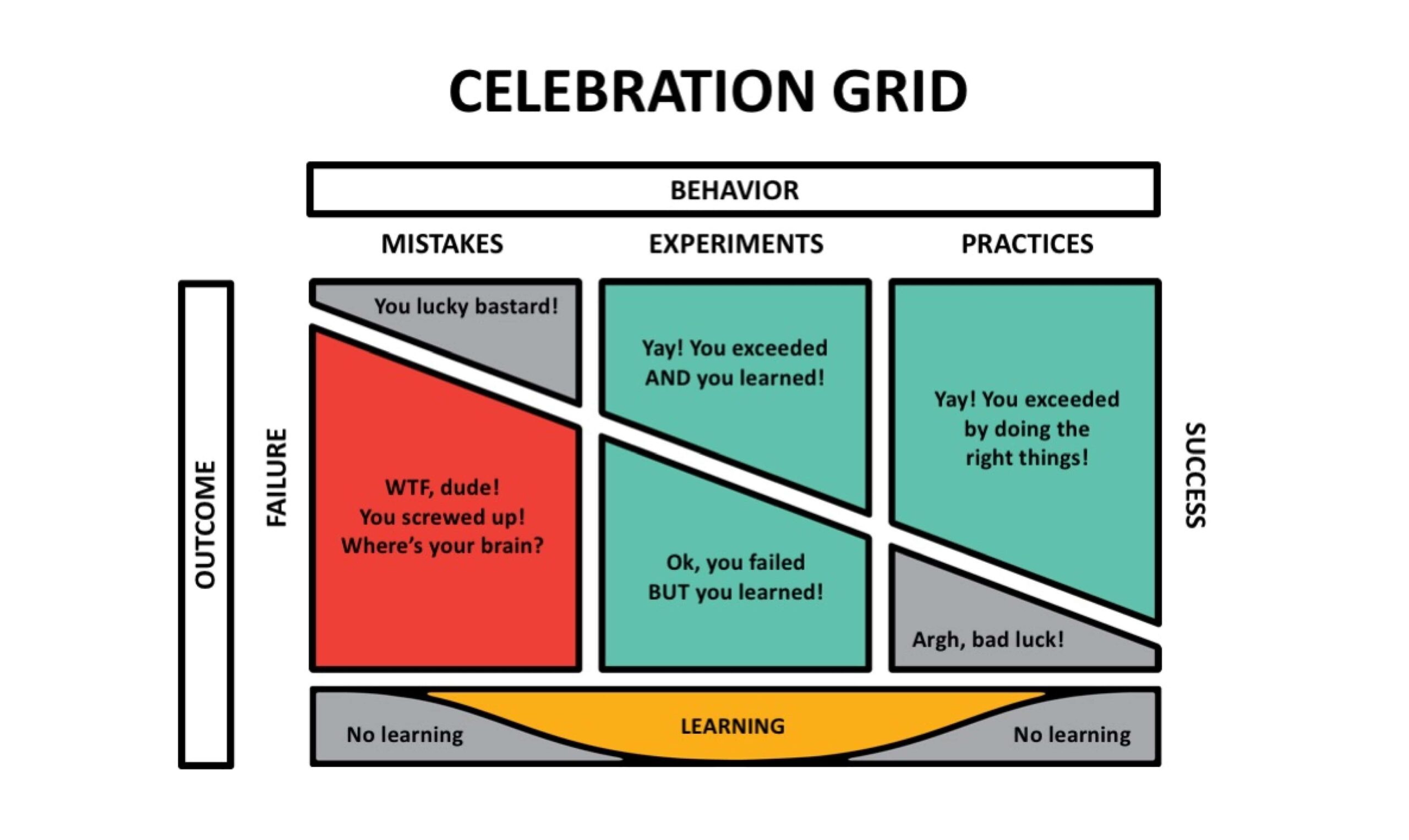
Rounds of gratitude
From on-site round meetings to online happy hours and retrospectives, the rule is simple: everyone shares at least one appreciation. To make it efficient, a manager creates a space for informal recognition and celebration: champagne, jokes, games, etc.
Hackathons and contests
Contests and hackathons foster engagement and innovation while providing a fun, competitive environment. These events highlight employee skills, encourage teamwork, and generate valuable solutions for the company. In addition to non-physical recognition, you can also offer physical rewards like high-quality corporate merch.
Ensure the contests align with your company’s values and culture to resonate with employees. Some examples of such contests are:
- Innovation hackathons. Focused on generating new ideas and solutions, hackathons can be a great way to tap into employee creativity and problem-solving skills while bringing social recognition and a sense of achievement.
- Project pitch competitions. Teams develop innovative solutions to real business problems, combining creativity with practical business thinking.
- Blogging or photography contests. Due to their informal nature, such competitions are engaging and recognize not only work-related skills but also personal strengths.
From my experience, one of the most memorable recognition practices was an Internal Radio, a corporate intranet community that organized weekly online webinars and panel discussions among employees. Everyone was free to select a topic and share their experience and knowledge, while getting that warming peer-to-peer appreciation and a sense of personal contribution. Notably, the most successful (most viewed and engaging) speakers were rewarded with the branded recognition swag.
Team happiness reviews
Regular check-ins to celebrate small wins and discuss morale can take many forms—surveys, one-on-one meetings, or casual conversations. What matters most is using these moments to understand how valued employees feel and what helps them feel truly recognized.
Top 5 questions to measure employee recognition:
- How often do you feel recognized for your work?
- Do you believe your achievements are acknowledged as often as they should be?
- Does the recognition you receive align with your professional goals and aspirations?
- What types of recognition feel most meaningful to you?
- How can we improve our recognition program to motivate and engage the team better?
Conclusion
As you can see, recognition doesn’t need to be complex to be powerful; it should be consistent, adequate, and creative. The Friday coins I once shared with colleagues proved that small, consistent practices drive engagement and growth. With Swag42, you can scale this impact: register on the Swag42 Platform, launch your free digital swag shop, and build a recognition program that brings business results.
